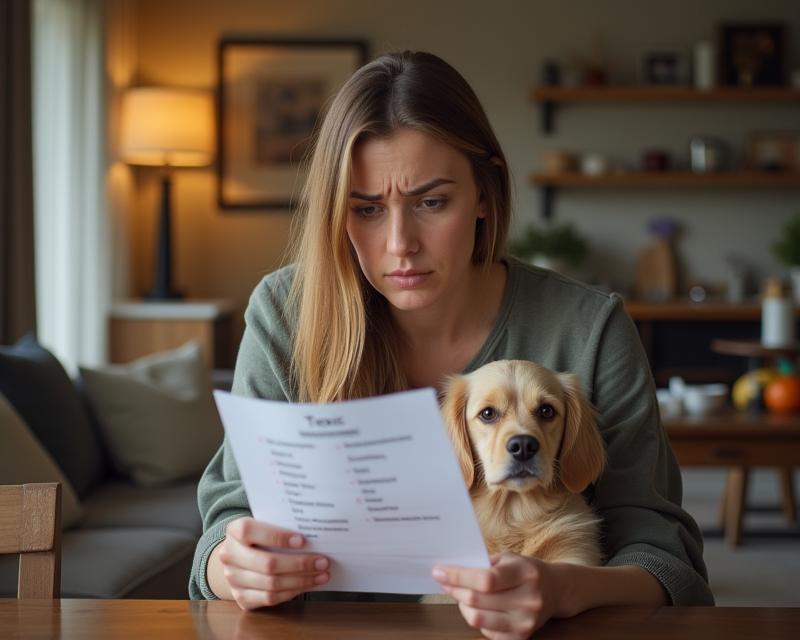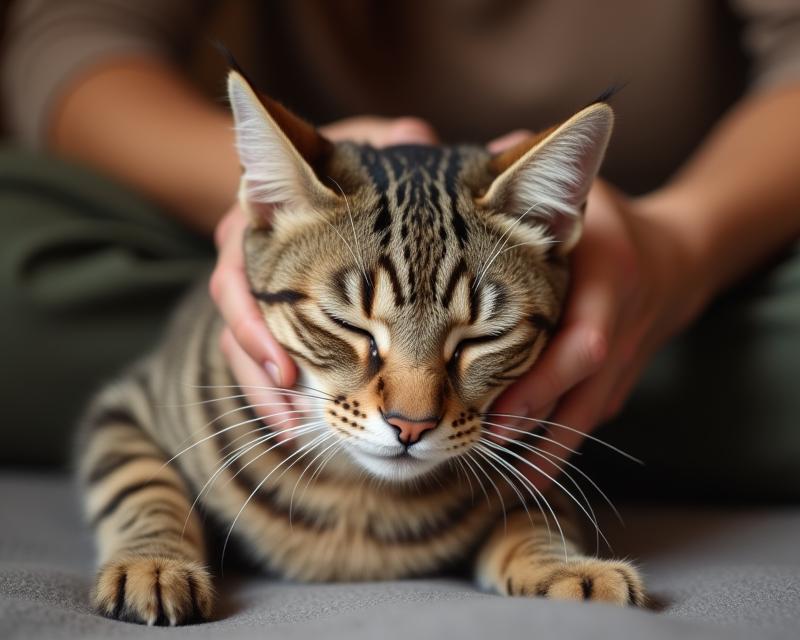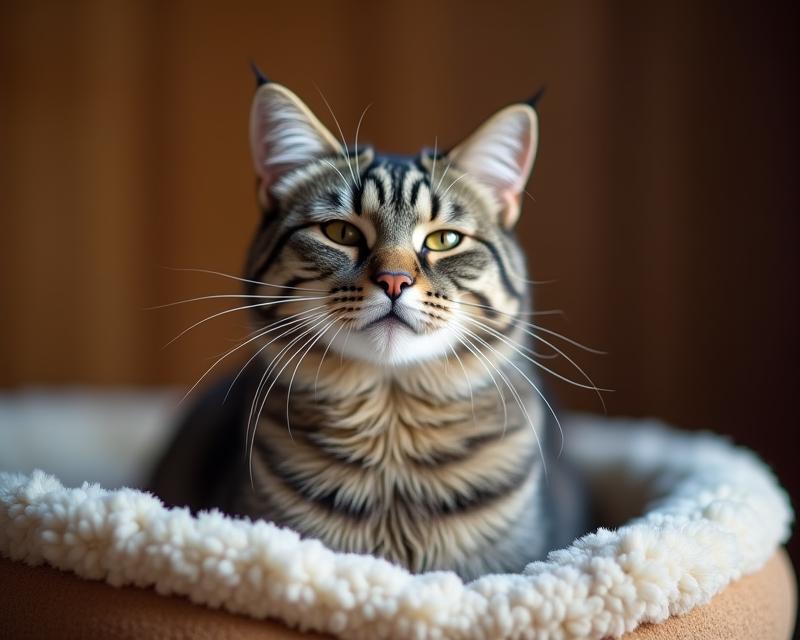Hidden Dangers: Toxic Household Items for Pets
Publish in Health el 28/06/2025 22:58
Hidden Dangers: Toxic Household Items for Pets
As loving pet owners, we want to create a safe and happy home for our furry, scaled, or feathered companions. But did you know that many common household items can actually be dangerous to them? It's easy to overlook these potential hazards, but being aware is the first step in protecting your beloved pets. This article will highlight some of the most common toxic items found around the house and what to do if your pet ingests them.

Common Household Toxins
Here's a rundown of some of the most prevalent household items that can be harmful to pets:
- Cleaning Supplies: This includes things like bleach, ammonia, detergents, and disinfectants. The fumes alone can irritate a pet's respiratory system, and ingestion can cause severe burns and internal damage.
- Certain Foods: Chocolate (especially dark chocolate) is a well-known danger, but grapes, raisins, onions, garlic, and xylitol (an artificial sweetener found in many sugar-free products) are also highly toxic.
- Medications: Never give your pet human medication without consulting a veterinarian. Many human medications are toxic to animals, even in small doses.
- Plants: Many popular houseplants, like lilies, azaleas, and sago palms, are poisonous to pets. Lilies, in particular, are extremely dangerous to cats.
- Chemicals: Antifreeze, pesticides, and fertilizers are all incredibly toxic and should be kept far out of reach.
- Small Appliances & Batteries: Pets may chew on cords and batteries, leading to electrical shock, internal injuries, or poisoning.
What to Do If Your Pet Ingests Something Toxic
If you suspect your pet has ingested a toxic substance, act quickly! The first thing to do is to try to identify the substance and the amount ingested. Then, contact your veterinarian or an animal poison control center immediately. Here are some important resources:
- ASPCA Animal Poison Control Center: (888) 426-4435 (a consultation fee may apply)
- Pet Poison Helpline: (855) 764-7661 (a consultation fee may apply)
Do not try to induce vomiting unless specifically instructed to do so by a veterinarian or poison control professional. Transport your pet to the vet as quickly and safely as possible. Providing as much information as you can about what your pet ingested will help the vet provide the best possible care.
Prevention is Key
The best way to protect your pet is to prevent access to toxic substances. Store all cleaning supplies, medications, and chemicals in secure cabinets out of reach. Be mindful of the plants you have in your home and ensure they are pet-safe. Regularly inspect your home for potential hazards and take steps to eliminate them. By being proactive, you can help ensure a long and healthy life for your furry friend!





